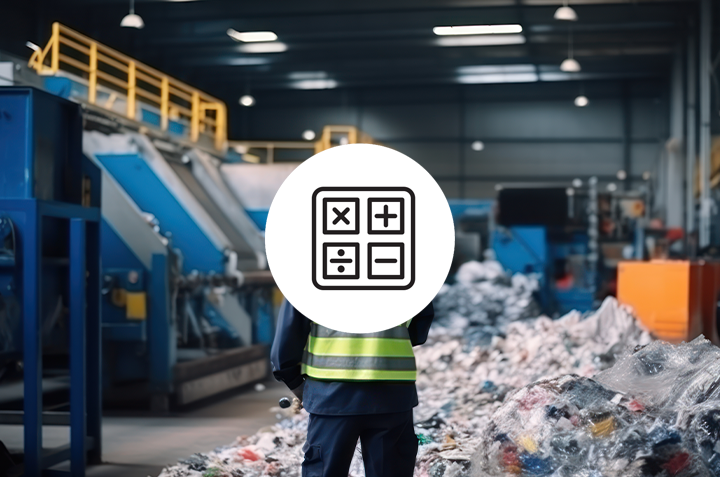
Collates and reports laboratory analysis of waste fuels such as RDF and SRF to allow comparison and compliance monitoring against end-user specifications. Relevant to waste companies producing RDF and SRF with different off-takers, and users of RDF and SRF with multiple suppliers. Sampling and laboratory analysis can also be arranged by us if required.

Developed for operators of EFW plants to help manage multiple waste suppliers' contractual tonnage and input specification requirements. Of increasing relevance to those looking to flex gate fee by NCV and predicting future carbon emissions liability under the forthcoming UK ETS.

Whether you are a Local Authority, or Waste Company working on their behalf, this tool allows you to refine your decision making process by modelling the ideal situation for your site. It takes into account the population served by a HWRC, the time taken to drive to that site, and hence provides you with the ability to set and assess the impact of these variables to inform your decision. As an example, you can ensure that 90% of the population is within 20 minutes of a site. This might link to the opening of new sites, or closure of existing sites, based on economical facts rather than being influenced by 'local politics'.

Designed to allow an estimation of the cost of bulk haulage of waste and recyclables in mileage bands, this tool calculates the associated carbon emissions. It can be used by waste businesses and Local Authorities to reduce their cost by looking at the different gate fee options of disposal/treatment outlets and to assess the relative commercial and environmental benefits, or disadvantages, of transporting material further for a potentially lower gate fee.

Designed for developers and investors looking at the stages of project/infrastructure development and the management of the associated risks, this tool can be aligned to internal 'stage gate' requirements and summarise key tasks and risks at each stage.

This free tool provides a simple checklist for businesses producing waste to help them understand the potential amount being produced based on some simple input parameters. Ideal for gaining early insight into the impact of waste production and its significance for the business without extensive waste evaluation, the tool helps to inform and frame strategic goals, i.e. recycling targets, for the future. It also helps in selection of a waste collection contractor/supplier based on commercial and/or environmental objectives.

A free tool for businesses trying to navigate the new Plastics Tax, changes to Extended Producer Responsibility (EPR) for packaging waste, the introduction of a Deposit Return System (DRS) and the new obligations that will be placed on businesses for the separation and collection of waste and recyclables in the next 2 to 5 years (and from April 2024 in Wales).

For businesses that have an understanding of the amount of waste they produce and have already taken steps towards its disposal/treatment, this free tool gives an indicative level of emissions associated with this activity (Scope 3 emissions for business) as a Green House Gas (GHG) equivalent as part of understanding the significance and need for further more detailed evaluation.

For developers, investors and waste management companies looking to deliver a number of sites that are optimized for the chosen region/country, the Strategic Site Location Selection Tool takes into account factors such as waste availability, competing sites and distances between sites to recommend the most advantageous location for your development project.
The Knowledge Hub
WikiWaste
Articles
Newsletters
Reports
Useful Links
Home
Products
Terms of service
Privacy policy
Sectors & Services
Investors
Developers
Waste Companies
Local Authorities
Businesses